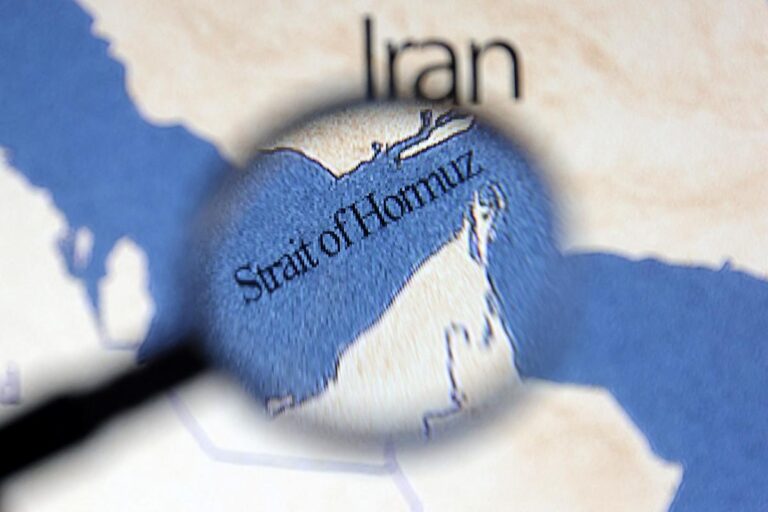Oil prices will be in the spotlight in coming days and weeks as the world awaits Iran’s response to surprise U.S. attacks over the weekend.
Just after the attacks, oil prices spiked to a five-month high on escalating Middle East tensions that some feared would break out into an all-out war and possible closure of the Strait of Hormuz, a key waterway for transporting oil around the world.
Prices have since backed down as analysts predicted closing the Strait of Hormuz, while possible, is not probable.
“As it stands, it is arguably not in Iran’s best interests to close the Strait,” said David Oxley, chief climate and commodities economist at Capital Economics.
“However, this could change if the conflict were to escalate and affect Iran’s own ability to export oil,” he added.
The Strait of Hormuz is a vital artery for global energy flows, accounting for about 25% of global seaborne oil shipments and about 20% of liquified natural gas (LNG) flows.
It connects the Persian Gulf to the Gulf of Oman and the Arabian Sea, making it vital for exporting oil from major producers like Saudi Arabia, Iraq, Iran, Qatar, and the UAE.
If Iran closes this waterway, the global oil supply would be disrupted and send oil prices higher, analysts said. If oil prices surge, the price of almost everything will go up.
Because the price of oil makes up about half the price of a gallon of gas, one of the first things to be affected by rising oil prices would be prices at the pump. But even consumers who don’t drive or use public transportation will eventually feel the squeeze of more expensive oil one way or another because oil affects the cost of producing things and transporting them to your local store.
Every $10 rise in oil prices bumps up headline inflation by roughly 0.4 percentage points and cuts economic growth by roughly 0.1 percentage point, Douglas Porter, chief economist at BMO Capital, estimated.
Already, the war has rocked global energy markets, said Natasha Kaneva, head of global commodities research at JP Morgan.
U.S. oiI prices have surged to about $75 from $60 at the end of May, marking the highest level since July of last year and representing a 23% jump. “Typically, such a surge in crude prices is eventually felt at the pump, and national average gasoline prices have already risen by over 2%,” she said.
High inflation and slower economic growth could also tank the stock market, analysts warn.
There are alternative routes, including the Red Sea, but there’s only limited pipeline capacity available, Oxley said.
Story Continues
